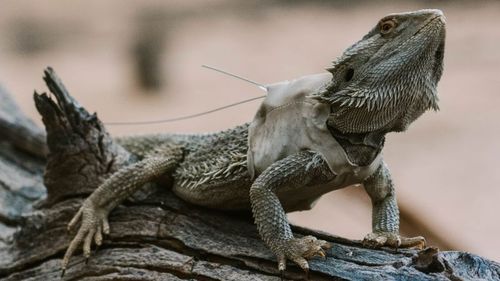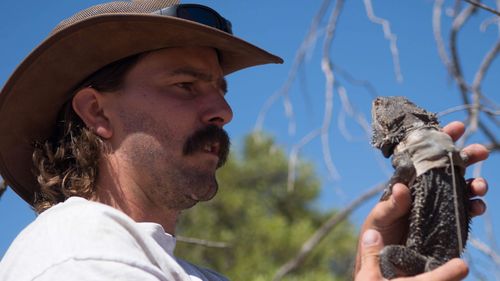When it comes to survival in the animal world, many people would assume the faster animals fare better.
But a new study led by a University of Melbourne researcher turns this assumption on its head, revealing being too speedy may make Australian central bearded dragons more vulnerable to predators.

The small, high-tech devices contained tiny accelerometers and temperature-sensing radio transmitters to feed back data on the lizards’ body temperature and acceleration.
Similar to other lizards, the bearded dragons rely on external heat sources to regulate body temperature to grow, digest food and reproduce effectively.
“Our study confirmed that these dragons are indeed masters at optimising behaviour according to seasonal shifts in air temperature,” Dr Kristoffer Wild said.
“Data showed the lizards strategically moving between sunny spots and shady retreats in a delicate balancing act called behavioural thermoregulation.”

During the study, Wild said the research team looked at the dragons’ optimal temperature for achieving peak speed and how speed related to survival outcomes.
“What we believe is happening is that speedy lizards are engaging in riskier behaviours, such as moving around more openly and frequently, making them vulnerable to predators like birds and cats,” Wild said.
“We found that increased risk was especially pronounced during spring, so this would make sense with dragons moving around a lot more looking for mates.
“These findings highlight an important ecological reality, what is measured in controlled lab environments doesn’t always reflect what is happening in real-world environments.
“This research reminds us that in the wild, survival isn’t just about physiology, but is deeply intertwined in the interplay with behaviour, predation risk and environmental variability.”






